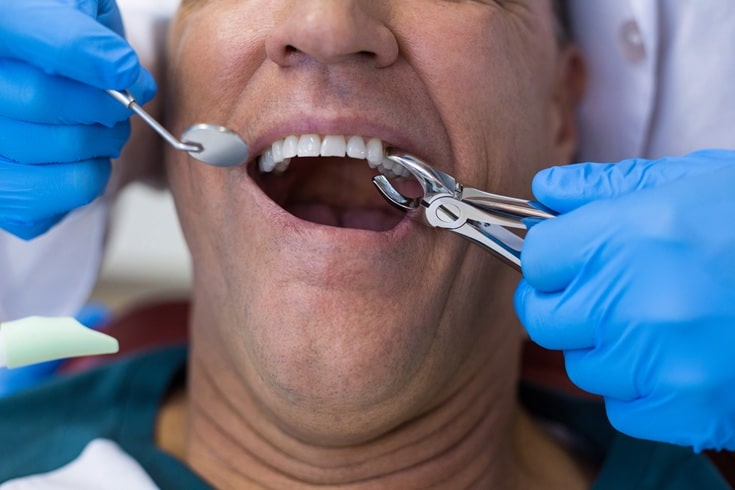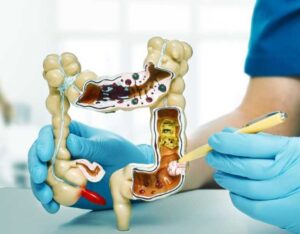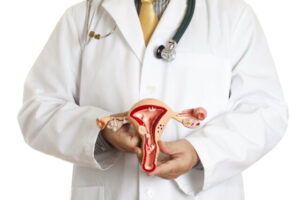
Dentist using surgical pliers to remove a decaying tooth in clinic
Dental extractions serve multiple purposes in oral health care, addressing various conditions that cannot be resolved through conservative treatments. Understanding the process can help patients facilitate a healthy recovery. Here is more information on tooth extractions, from the reasons they are performed to the recovery process that follows:
What Are Tooth Extractions?
Tooth extractions are surgical procedures where dentists remove teeth from their sockets in the jawbone. The process involves carefully loosening the tooth from its supporting structures before complete removal. Two primary types of extractions exist: simple extractions and surgical extractions. Simple extractions are used for visible teeth that can be removed with specialized instruments, whereas surgical extractions involve teeth that are not easily accessible.
Why Are They Conducted?
Several conditions necessitate tooth extractions as the most appropriate treatment option. Severe tooth decay that has destroyed significant portions of the tooth structure may require extraction when restoration is no longer feasible. Advanced periodontal disease can compromise the supporting structures around teeth, leading to loose teeth that cannot be saved.
Orthodontic treatment plans sometimes require extractions to create space for proper tooth alignment. Impacted wisdom teeth often require removal when they cannot erupt properly or cause crowding. Fractured teeth that extend below the gum line may also require extraction when repair is not possible.
What Does the Process Entail?
The extraction process begins with a thorough examination and X-rays to assess the tooth’s position and surrounding structures. Local anesthesia is administered to numb the area completely before the procedure begins. The dentist uses specialized instruments to carefully loosen the tooth from its socket.
After extraction, the socket is cleaned and may receive stitches if necessary. Gauze is placed over the extraction site to control bleeding and promote clot formation. The dentist provides specific post-operative instructions to facilitate proper healing. Removing one tooth typically takes around 30 to 60 minutes, depending on the complexity of the case.
What Are the Benefits?
Tooth extractions offer several advantages for overall oral health. Removing severely damaged or infected teeth eliminates sources of pain and prevents the spread of infection to surrounding tissues. This procedure can alleviate chronic discomfort that interferes with daily activities, such as eating and speaking.
Extractions create opportunities for better oral hygiene practices by removing teeth that are difficult to clean properly. The procedure can prevent damage to adjacent healthy teeth caused by overcrowding or impacted teeth. Removing problematic teeth also prepares the mouth for prosthetic replacements, such as implants or dentures.
What Is Recovery Like?
The recovery period following tooth extraction typically spans several days to weeks, depending on the complexity of the procedure. Initial healing of the socket occurs as a blood clot forms. This clot protects the underlying bone and nerve endings during the healing process.
Patients commonly experience mild to moderate discomfort for the first few days after extraction. Swelling may occur and subside gradually. Pain management may involve the use of medications as directed by the dentist.
Dietary modifications during recovery include consuming soft foods and avoiding hot beverages, alcohol, and tobacco products. Gently rinsing with salt water helps keep the area clean. Complete healing of the extraction site typically occurs within one to two weeks for simple extractions and up to several weeks for surgical procedures.
Facilitate the Healing Process
Tooth extractions provide effective solutions for various dental problems when conservative treatments are no longer viable. Proper postoperative care plays an integral role in facilitating successful healing and preventing complications. Contact your dental office to discuss whether tooth extraction is the right treatment option for your specific situation.





